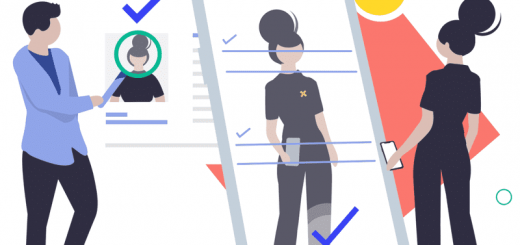How to speed up your website on Shopify
The load times of your website is an important factor when it comes to keeping customers. At this time and age, even a one-second delay is enough for someone to lose interest.
This is why you need to make sure your speed is at its optimum capacity. In this article, we’ll take a look at the steps you can take to ensure that your website is up to speed.
Reduce your site HTTP requests
The loading time of a page can be affected by the number of images, scripts and other elements that have to be downloaded. HTTP requests are sent for all of these aspects, which means that sites with more elements take longer load times.Current web design trends lean toward simplicity to make sites efficient and fast. Remember to keep your design straightforward and professional for the best impact.
- Your server response time
An ideal server response time would be less than 200ms. To make sure your site is at its optimal speed, Google recommends using a web app for monitoring. Check especially for any blockages in the performance of the site.
- Compress large pages
Pages that are rich in quality content tend to be unwieldly, causing slower load times. To avoid taking more time for them to download, a practice called compression can be used.
You can reduce your HTTP response by lessening the page bandwidth through compression, which zips your pages. A popular tool, Gzip, can help you with this, with many web servers able to compress files in Gzip format. According to Yahoo, using this tool can help you reduce response time by up to 70%.
- Use browser caching
When users visit your site, the page components are temporarily stored in a cache. This is why the next visit entails faster loading as there is no need to send more HTTP requests.
For this, you can set expires headers to tell the browser whether certain elements need to be requested or if it’s already stored in a cache. Setting expires headers for a particular element, such as images, will tell the browser to store it in a cache. The next time the user visits the site, the page will load faster with the images already available.
- Minify your code
Every little part of your code contributes to page size, so it’s important to minify it and get rid of unnecessary spaces, lines and others. This will help you trim your page as best as you can. Google recommends minifying HTML by generating an optimised version. The same goes for CSS and JavaScript.
- Keep your images optimised
Bulky images will not do for your pages, so you need to make the file sizes as small as possible. For format, JPEG is the best option. Check that the code is right and always include the correct src attributes with URLs.
- Cut your number of site plugins
Not only will having many plugins create concerns with security, but they will also slow down your site and even cause technical issues and crashes. Make sure to get rid of unnecessary plugins and check that the ones you’re using are not causing slow load times for your site.
- Keep redirects to a minimum
While you may be tempted to redirect your visitors to other pages to let them see more, you also need to keep in mind that redirects create more HTTP requests, amplifying load time.
For faster page speeds, make sure to choose the best hosting that fits with the needs of your website.








